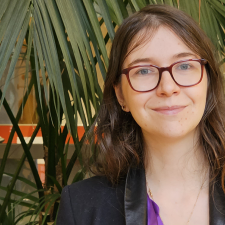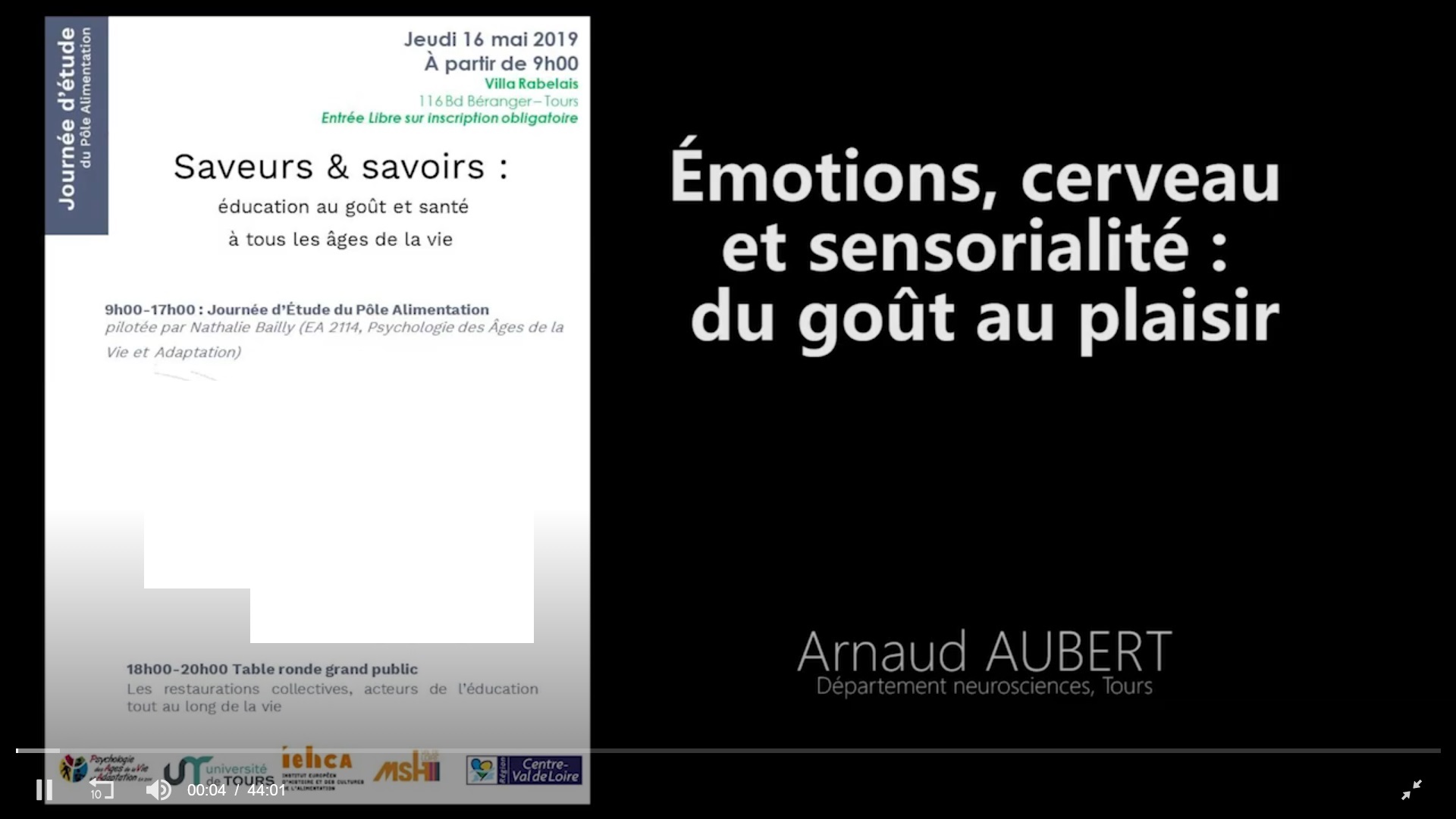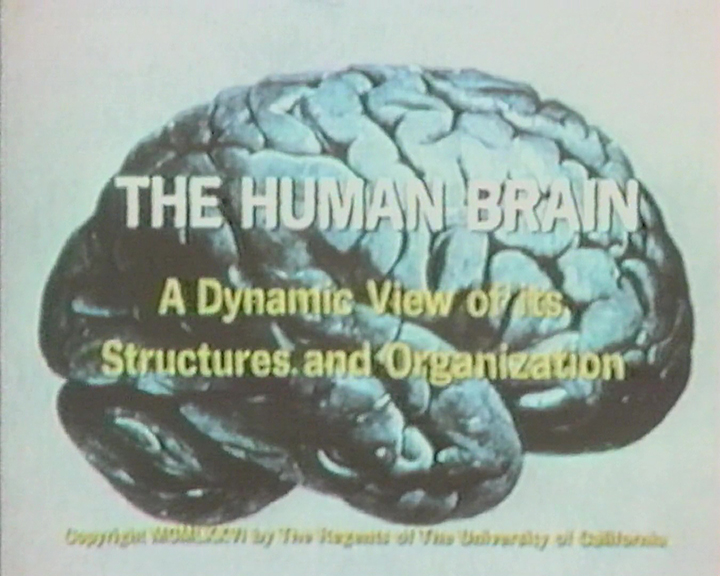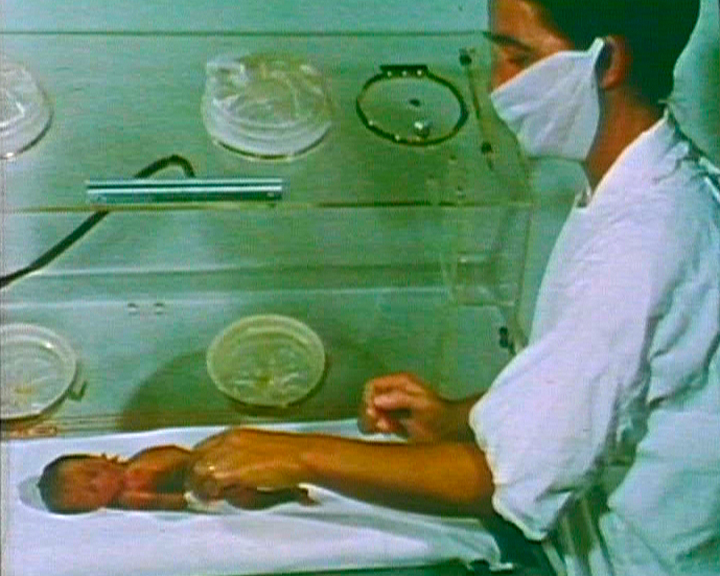Notice
Approches multiéchelles du cerveau visuel : des échos synaptiques à la perception des formes et du mouvement (série : Colloquium Jacques Morgenstern)
- document 1 document 2 document 3
- niveau 1 niveau 2 niveau 3
Descriptif
Résumé en anglais seulement, mais la conférence est en français.
The field of neuromorphic computation has grown from the idea that inspiration for future computational architectures can be gained from a better understanding of information processing in biological neural networks. Information coding in our brain is both digital, in terms of output spike timing, and analogue, produced by the slower, subthreshold changes in membrane voltage resulting from a continual barrage of synaptic inputs. These small and ever-changing voltage fluctuations in the neuronal membrane potential of the single neuron, control its excitability and spiking reliability. The reverse engineering analysis of these synaptic echoes allows to retrieve the functional effective connectivity of the contextual network within which each cell is embedded.
I will review work from my laboratory (UNIC-CNRS) on spatio-temporal features of the processing realized by the early visual system. Multiscale recordings in the mammalian visual cortex of ongoing and evoked dynamics have been compared using electrophysiological intracellular (single cell) and multiple electrode recording (assembly) techniques. By varying and controlling the visual statistics simulated by a virtual oculomotor exploration of our visual environment, we were able to show that the time precision of the code, the reliability of the evoked dynamics of the visual cortical network and the functional organization of visual cortical receptive fields all adapt to the statistics of the sensory signals. Our observations are best explained by an homeostatic representation principle, where complexities of the input statistics and of V1 receptive fields covary inversely. Generalized recruitment by the stimulus of center-surround interactions and local non-linearities tend to reduce the contextual noise in subthreshold dynamics of the single cortical neuron through a divisive shunt effect. Dynamic full field interactions are shown to regularize the functionally expressed organization of V1 receptive fields, making them more linear and “Simple”-like.
A second illustration of the predictive power of multiscale studies of visual processing has been obtained by comparing intracellular and network imaging (voltage sensitive dye) while exploring the “silent” periphery of visual cortical neurons. Using apparent motion noise at saccadic speed, we have inferred from the synaptic echoes (recorded intracellularly) the existence of long-distance propagation of visually evoked activity through lateral (and possibly feedback) connectivity outside the classical receptive field. VSD imaging has been used to visualize, at the mesoscopic level, the propagation patterns travelling at the speed inferred from our microscopic recordings. Our results demonstrate the propagation at the V1 map level of intracortical depolarizing waves, broadcasting an elementary form of collective “belief” to distant parts of the network. The functional features of these slow waves support the hypothesis of a dynamic perceptual association field, facilitating synaptic modulation in space and time during oculomotor exploration. They may serve as a substrate for implementing the psychological Gestalt principles of common fate and axial collinearity.
We conclude from this review that the early visual system is far from being understood, and that the functional dynamics of visual cortical networks show a much higher level of complexity than initially thought. Comparison between different levels of integration not only shows how limited is our understanding of the emergence of feature selective maps in primary visual areas, but reveals unexpected immergence processes through which collective order regulates more microscopic properties in a top down fashion.
Thème
Documentation
Liens
Le but du colloquium est d’offrir une vision d’ensemble des recherches les plus actives et les plus prometteuses dans le domaine des Sciences et Technologies de l’Information et de la Communication (STIC). Nouveaux thèmes scientifiques
Sur le même thème
-
Une minute avec Amélie Aussel
AusselAmélieAmélie Aussel est chercheuse au sein de l’équipe-projet Mnemosyne du centre Inria de l’université de Bordeaux.
-
Topological insights in neuroscience
Hess BellwaldKathrynOver the past decade, and particularly over the past five years, research at the interface of topology and neuroscience has grown remarkably fast. Topology has, for example, been successfully applied
-
Consommation ou sobriété : comment notre cerveau nous permet de choisir ?
GranonSylvieAu cours de cet exposé nous verrons comment les connaissances actuelles sur le fonctionnement cérébral et la prise de décision permettent d’expliquer comment se font les choix, leur diversité et ce
-
brains on drugs: lessons from the 3rd reich
Norman OHLER (Berlin – author of "Blitzed, Drugs in the Third Reich"): "Brains on Drugs: Lessons from the Third Reich" "The Brains that pull the Triggers - 3rd Paris Conference on Syndrome E":
-
le langage totalitaire
Une théorie qui se prétend totalement explicative est une théorie totalitaire. Le langage est alors organisé autour d'une seule référence, qu'elle soit religieuse, laïque ou scientifique. Le chef, le
-
Émotions, cerveau et sensorialité : du goût au plaisir
Journée d'études : Saveurs et savoirs éducation au goût et santé à tous les âges de la vie
-
introduction : memory and sleep - new challenges
Colloque organisé par I. Fried (UCLA / Université de Tel-Aviv) dans le cadre du programme Cerveau, Culture et Société de l'IEA de Paris Colloque organisé par Itzhak Fried (UCLA / Université de
-
changing the mind of mice : inception of memories during sleep
Intervention de Marie Lacroix (CNRS - ESPCI Paris Tech - Cog’X), dans le cadre du colloque Sleep and Memory Colloque organisé par Itzhak Fried (UCLA / Université de Tel-Aviv) dans le cadre du
-
Le Cerveau humain (The human brain)
LivingstonRobert B.Ce film réussit à présenter en trois dimensions toute la structure et l'organisation du cerveau humain grâce au couplage de deux techniques : la cinémorphologie et la mise sur ordinateur des planches
-
Le Développement du système nerveux central de la période foetale au terme
MinkowskiAlexandreAlternant l'observation directe, les documents anatomiques et histologiques, l'examen radiographique et l'électroencéphalogramme, le film retrace, dans tous leurs aspects, les stades successifs de la
-
2018 - Alchimie des émotions musicales
LE CERVEAU AU COEUR DE L’ALCHIMIE DES ÉMOTIONS MUSICALES Une conférence avec Séverine Samson Professeure de neuropsychologie UFR de psychologie - Université de Lille Présente au quotidien, la
-
2018 - Perception musicale : sommes nous tous des experts ?
PERCEPTION MUSICALE : SOMMES-NOUS TOUS DES EXPERTS ? Une conférence avec Barbara Tillmann Université de Lyon CNRS/INSERM Des recherches sur la perception musicale montrent que même les














